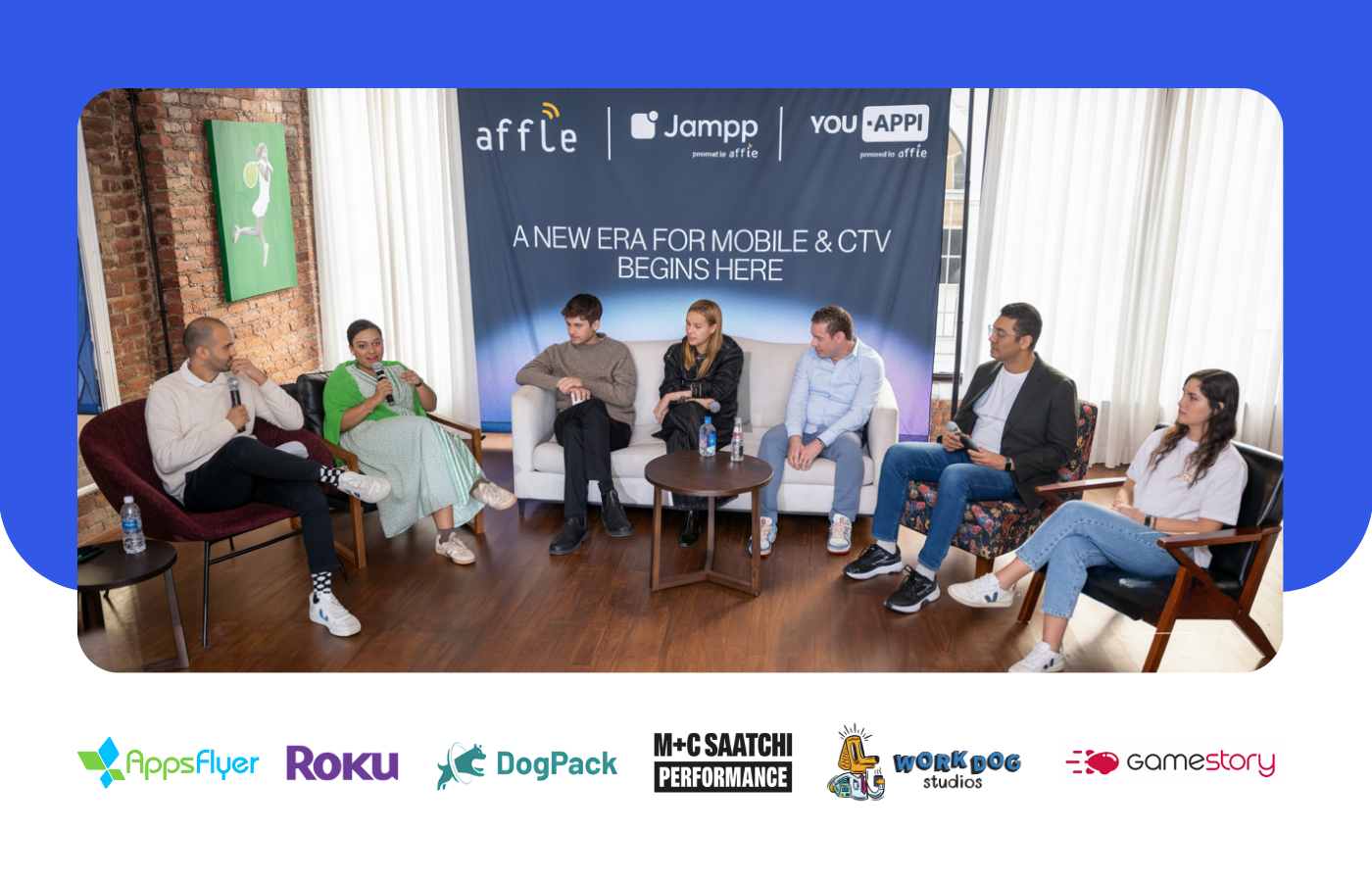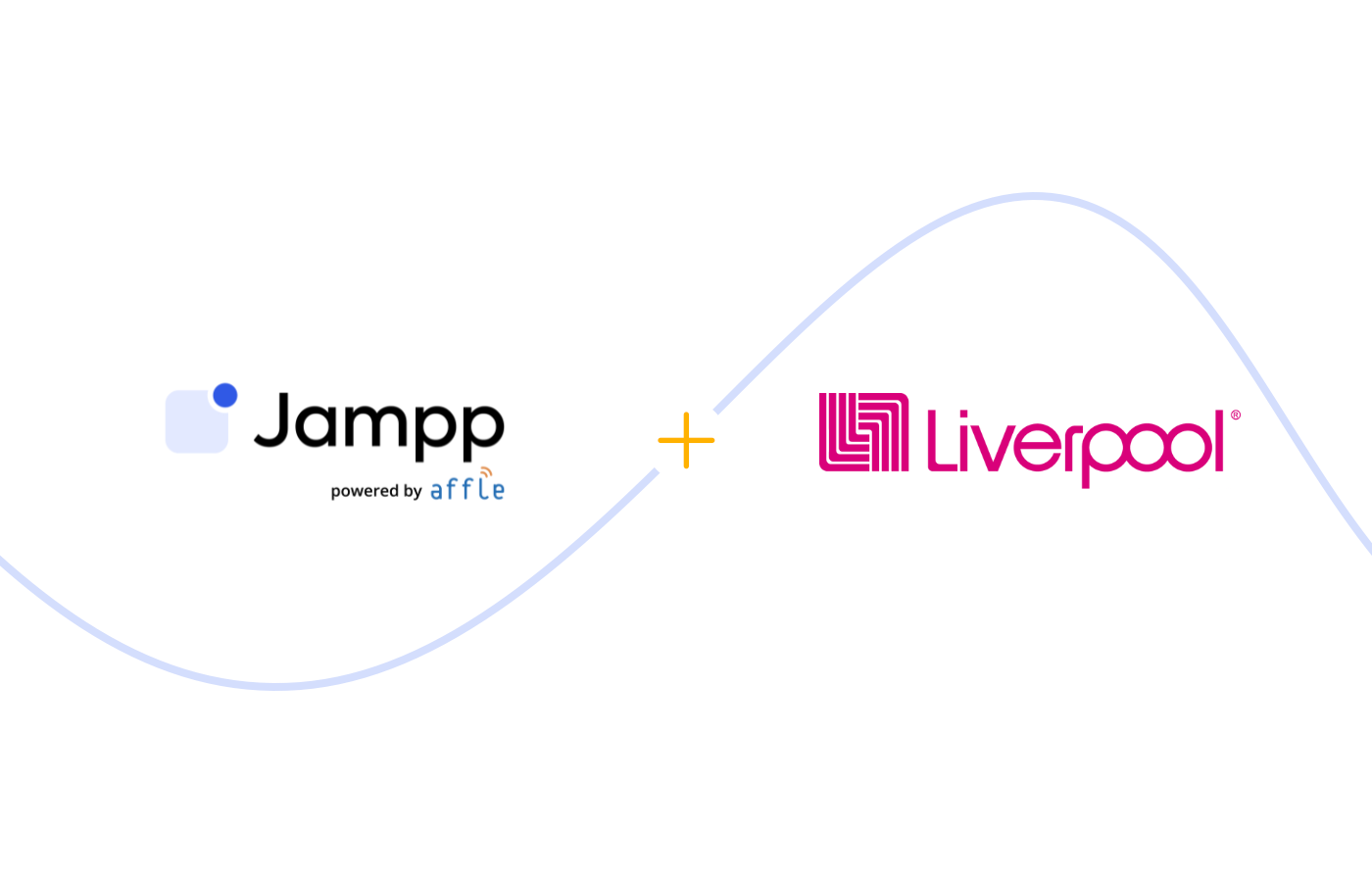The do’s and don’ts of app data collection
Data driven decisions can help you optimize towards your key goals, whether that’s acquiring users who complete key in-app conversions or…
June 22, 2015

Data driven decisions can help you optimize towards your key goals, whether that’s acquiring users who complete key in-app conversions or re-engaging dormant users and everything in between.
Do enforce a Data Collection Plan from Day 1. The sooner you start collecting the appropriate data from your app, the sooner you can start optimizing for quality installs and the richer your database will be, when the time comes to apply powerful marketing actions such as retargeting. Moreover, in-app data can help you identify bugs and screen-flow issues: the sooner you identify these, the sooner you can fix them and stop wasting money on getting new users who might drift-off due to unresolved issues.
Don’t start tracking data without a plan. At the very very least, make sure the events you are tracking are aligned with the correct user IDs. We recommend identifying all installs and in-app events from Android with Google Advertising ID and all installs and in-app events from iOS with Apple IFA. If this “coherence” between event and user isn’t ensured, the data collected can not be leveraged for quality optimization.
Do identify the key event, or key in-app action you’ll be optimizing for. This will depend on your app and business model. If you have an m-commerce app, purchases may be your key event. In turn, if you have a marketplace app, your key event may be users posting something to sell. If the business model is new and you are unsure of what in-app conversion event is the most useful indicator, you should consider a soft-launch campaign to test the waters, so to speak.
Don’t limit your tracking to key events. Sometimes, events that are higher up the event funnel can be useful too! It’s important to understand that different events will tell you different things about your users and their in-app experience. A simple event like “app opens” may be a very good predictor of deeper events.
Do keep event and parameter names intuitive and easy to read. Don’t get too creative with the names. This is pretty basic but there seems to be some mysterious temptation to select abstract or overly-technical labels. If you need to look up what the event is to explain it to your App Marketer, you need to rename it.
Don’t miss an opportunity to improve your users’ in-app experience. Leverage your app data to identify where you’re losing users and why, resolve the issue, and retarget those users to guide them along the remaining conversions. Identify any and all “sticky steps” and revise them thoroughly, from call-to-action/text to performance.
Sometimes, it’s an app-issue such as an unfriendly form, an extensive tutorial, a next-to-invisible call to action. These are things you can fix. Other times, you may find the app is fully functional, and drop-offs or stuck users are attributed to external factors (maybe users take longer to decide on whatever your app does or sells). If there is no visible issue with your application, you will still be able to use the collected data to your advantage. How? It’s called retargeting! Identify who is falling short of the desired conversions, organize users by in-app behaviour and target them with relevant messages and special offers.
Do consider privacy regulations. What type of data are you collecting? Who are you collecting it from? How do you plan to use and store it? How long will you store the data for? These are some of the questions your privacy policy should answer clearly. For example, if you are collecting information from users under 13 years of age you need to comply with COPPA. Privacy settings are also an important part of creating a great customer experience, and a great customer experience is the basis of any and all successful apps.
Don’t waste your advertising dollars! Do forward the data to your App Marketer. With the appropriate data, your App Marketer can optimize for post-install conversions, thus increasing your Return On Investment (ROI).
As featured on the Appsflyer Blog
Subscribe to our email newsletter









